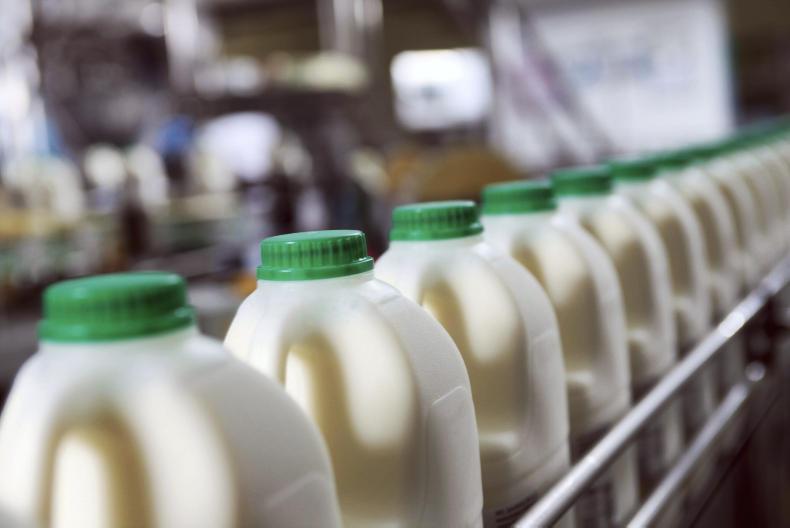Milk production in Germany and France, the two largest dairy-producing member states in Europe, remains in growth mode for 2020, despite an up and down year.
The latest figures from Eurostat show that milk production in both countries is likely to be up by 0.5% to 1% for 2020.
New figures show milk collections in Germany for the month of September stood at just shy of 2.5bn litres, which was in line with the same month last year.
German figures
However, for the first nine months of 2020 (Jan-Sept), German milk production stands at a cumulative 23.9bn litres, which is 0.7%, or 160m litres, ahead of the same period last year.
Germany, which is the largest milk-producing country in Europe, is likely to finish 2020 having produced close to 32bn litres of milk.
French collections
In neighbouring France, the second-largest milk producer in Europe, September milk collections were up by 1.1% year on year at just over 1.8bn litres.
This brings French milk production for the first nine months of 2020 to a cumulative 18bn litres, which is 0.8%, or almost 145m litres, ahead of the same period last year. France is on track to produce close to 24bn litres of milk for 2020.
Australia
Meanwhile, the growth in milk production in Australia slowed sharply for the month of September.
Figures published by the Australian dairy industry show September milk collections stood at 860m litres, which is in line with the same month last year.
For July and August, Australian milk production had been growing at a rate of 3% to 4%.
Being in the southern hemisphere, the Australian milking season for 2020/21 began in July this year and will run all the way until June 2021.
Last season, Australia produced less than 8.8bn litres after a number of difficult years for the country’s dairy sector.






 This is a subscriber-only article
This is a subscriber-only article










SHARING OPTIONS: